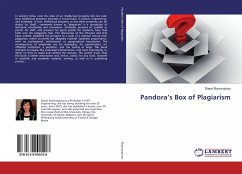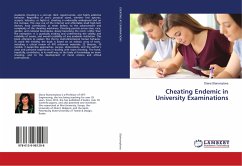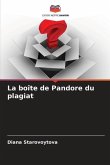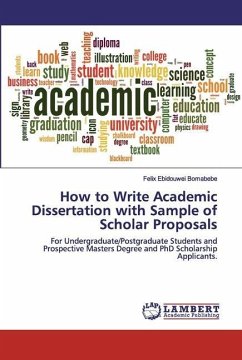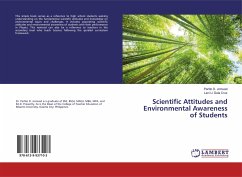In ancient times, even the idea of an intellectual property did not exist. Now intellectual property, becomes a crucial topic, in science, engineering, and academia. In fact, intellectual property, as any other property, can be stolen; its 'theft', commonly known as 'plagiarism' is a corruption of authentic scholarship and innovation. Scholastic pressure of 'publish or perish' for staff, and pressure for good grades for students, have lead both into the plagiarism trap. The discoveries of the Internet and ICTs have, indeed, amplified the prospect to a scale of a colossal 'mouse click' plagiarism, which currently has allegedly reached 'epidemic proportions', with no professional, institutional, or geographical boundaries. The consequences of plagiarism can be damaging, for perpetrators; an-affiliated institution; a publisher; and the society at large. This book attempts to expose this multi-layer phenomenon, and most importantly, to direct on how to avoid and combat the menace. The author trusts, that this book is rather informative and, hence, useful, for any actor, involved in scientific and academic research, writing, as well as in publishing process.
Bitte wählen Sie Ihr Anliegen aus.
Rechnungen
Retourenschein anfordern
Bestellstatus
Storno

